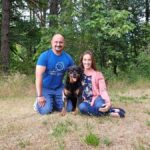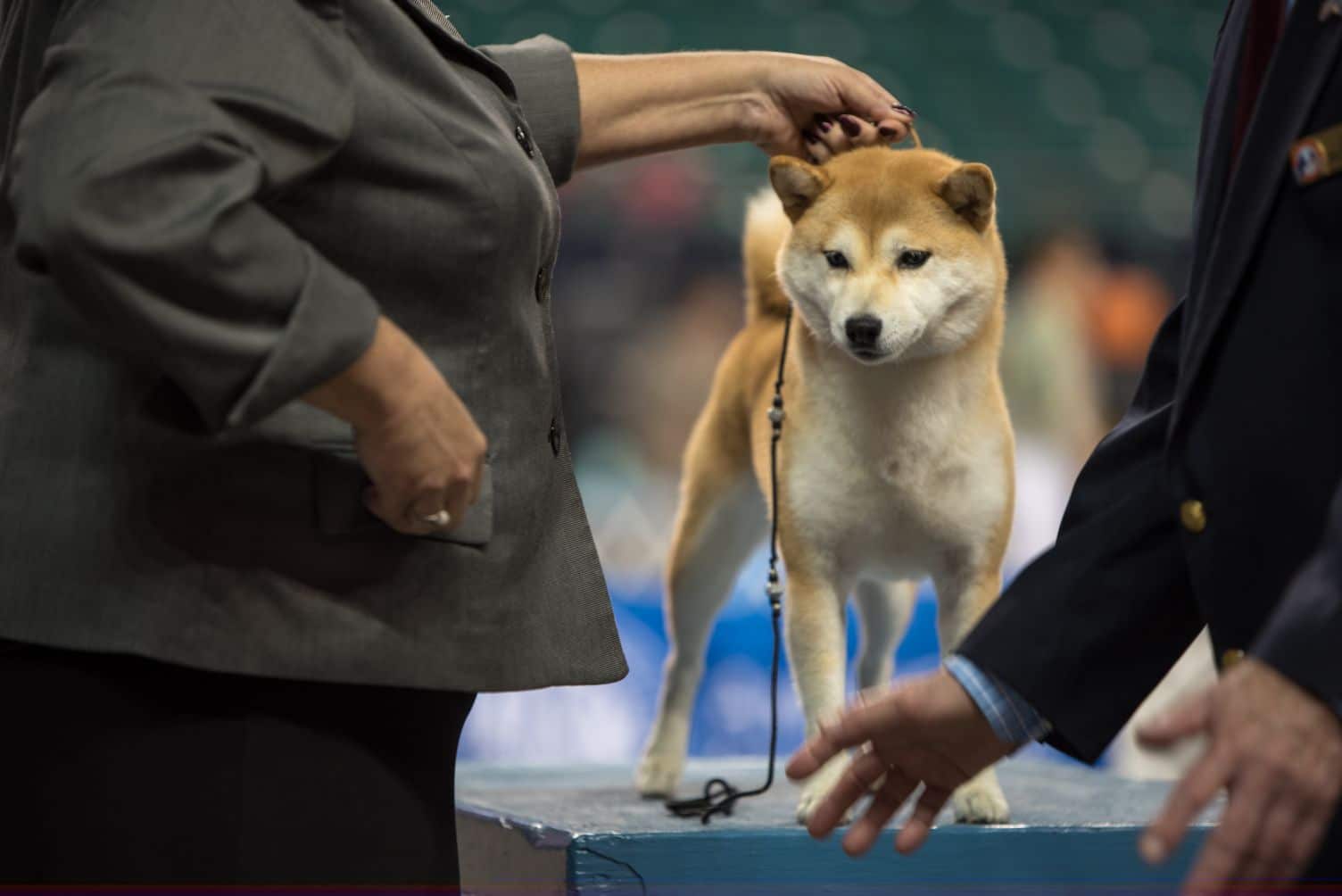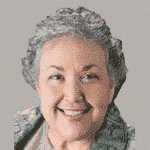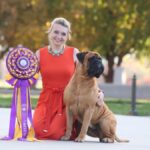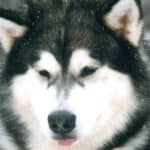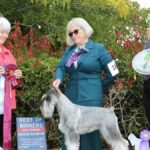Breeding With Intention: Sporting Group: This series is a discussion about the natural tension that exists between how we view show dogs, field/working dogs, and dual-purpose (show and work/field) dogs. This month, we will continue exploring the AKC Sporting Group. How does the evolved morphological form relate to past and/or current function? How and why is it that some breeds have developed different types for field/work and show? What are the actual or perceived similarities and differences between the purebred show dog and field/work dog? What have breeders done to breed dogs that can do the job for which they were intended, if it still exists, and if not, what simulations exist that are as close to the original intent as possible?
Before standards were written for the breeds in the Sporting Group that we recognize today, dogs were already being used and selectively bred to perform certain work. Multiple factors impacted the development of these breeds and their continued evolution, including geography, climate and terrain, culture and customs, as well as the type of work to be performed. Within this Group, we find breeds that traditionally served as pointers, retrievers, flushers, setters, and water dogs. In many cases, the original purpose of the breed no longer exists or has been supplanted by technology and machinery, enabling man to do the dogs’ work faster and more efficiently at times. Still, there are dedicated breeders who continue to breed quality specimens that demonstrate the individual breed’s working abilities where the actual work, or a simulation, exists.
That many breeds in the Sporting Group exist in almost three different genres is a given. Within this Group, we find those that are bred solely for competition purposes, be it show or field trial, and those that are passively bred for the purposes that each breed was developed; and that is, to accompany and assist a gunner on a day’s hunt of various species of game fowl. It is among this last sort that one finds those Sporting dogs that are generally non-competitive. Where competition has become an overriding impetus to breed—be it show or field trial—a divergence from non-competitive type has emerged. Some would say that this divergence in types, physically and/or mentally, has been to the detriment of the breed(s) as a whole, with neither displaying the collective, moderate traits relied upon by the sportsman/sportswoman hunter. Where breeders have made a very conscientious effort to preserve moderation in the breed traits of competitive specimens, the breed has been served well. There are several specific Sporting breeds that come to my mind, each displaying no difference between the general hunter’s dog, the competitive show dog or the competitive field trial dog. Then there are those few Sporting group breeds where competition of any type is secondary to their purpose as a general game fowl hunter’s dog. These particular breeds are not often found in competitive venues, but are seen in certain regions of the country where they are popular as game fowl gundogs. This is even moreso the case in the European countries where many breeds, Sporting and otherwise, exist mainly for hunting or working, with nary a competitive event within their scope.
This writer has been very fortunate to have observed a variety of the Sporting breeds doing what they were bred to do in natural surroundings, with average game bird hunters enjoying a morning or afternoon of shooting over their faithful canine partners. These hunters prepare their take for freezer storage and future consumption or they enjoy the spoils of a day’s outing at the dinner table.
The Fédération Cynologique Internationale (FCI) has divided this grouping of gundogs—all found in the AKC Sporting Group—mainly into two distinct groups: Pointers (FCI Group 7); and Retrievers (FCI Group 8). Within FCI Groups 7 and 8 are found various AKC-recognized breeds, listed below, as well as FCI-only recognized breeds. Those breeds whose names appear in italics are not subject to a working trial in order to obtain an International Show Championship (C.I.E.). Within FCI Group 7, Section 1, are the Continental Pointing Dogs, which include the German Shorthaired Pointer, German Wirehaired Pointer, Weimaraner, Vizsla (shorthaired), Wirehaired Vizsla, Brittany, Wirehaired Pointing Griffon, Spinone Italiano, and the Bracco Italiano. The Bracco is currently in the AKC Miscellaneous Group. Within Group 7, Section 2, comprised of the British and Irish Setters and Pointers, are the Pointer (English), English Setter, Gordon Setter, Irish Setter, and the Irish Red and White Setter. FCI Group 8 consists of three sections: Section 1, Retrievers; Section 2, Flushing Dogs; and Section 3, Water Dogs. Within Group 8, Section 1, Retrievers, are the Chesapeake Bay Retriever, Curly-Coated Retriever, Flat-Coated Retriever, Golden Retriever, Labrador Retriever, and the Nova Scotia Duck Tolling Retriever. Comprising Group 8, Section 2, Flushing Dogs, are the Clumber Spaniel, Cocker Spaniel (English), Cocker Spaniel (American), English Springer Spaniel, Field Spaniel, Sussex Spaniel, Welsh Springer Spaniel, and the Nederlandse Kooikerhondje. Group 8, Section 3, Water Dogs, is comprised of the American Water Spaniel, Barbet (French Water Dog), Irish Water Spaniel, and the Lagotto Romagnolo.
There are five retrieving water dog breeds recognized by the FCI in Group 8, Section 3 (Retrievers, Water Dogs), of which four are AKC registered. These four breeds are the subject of this installment in the series. The one breed not being discussed is the Spanish Water Dog, as it falls into the AKC
Herding Group.
The Barbet, also known as the French Water Dog, is known for being a waterfowl flusher and retriever in the marshes and wetlands of France. Its name, “Barbet,” was once applied to any dog that worked and had a long, curly, wooly coat. A Barbet-like dog could be found in France, Italy, and Germany as far back as the late 18th and early 19th century, and literature describes a similar looking dog in the 16th century. For a period of almost a hundred years, from the late 1700s to the early 1800s, Barbets and Poodles (Pudel) were thought to be the same breed. The Barbet retains the coat qualities that protect it from the wet and cold of the hunting season. World Wars I and II had a devasting effect on the breed and, today, the breed numbers in the range of 1,500 to 2,000 worldwide.
There are pockets of hunters dedicated to hunting with this breed, primarily in France and the surrounding countries. In its native France, the Barbet can take a basic water-retrieving test, Test d’Aptitudes Naturelles (TAN), which tests its retrieving aptitude, and it can also participate in a general hunting dog test that involves field and water trials, Brevet de Chasse a l’Eau (BCE).
The breed gained full AKC approval for the Sporting Group in 2020. The breed appears in French expositions of the late 1800s in classes for “Griffons d’Arret et Barbets de Touts Pays” (Pointing Griffons and Barbets from all Countries). There are few archival photographs of early examples of the breed (from the last decade of the 1800s to the first decade of the 1900s). However, those that do exist illustrate a breed that has changed little, save for the predominant depiction of parti-colored specimens in those old photos.
Often referred to as the “Truffle Dog,” the rustic originates in the Emilia-Romagna region of northern Italy and, more specifically, the area where the Po River forms a delta as it opens to the Adriatic Sea. Its name signifies its regional origin along with the work it performs; the water dog of Romagna. Traditionally, this gundog was a water retriever. However, due to the drainage of the marshlands of Ravenna, the lowlands of Comacchio, and the wetlands of the Po River Delta (which resulted in a loss of habitat), the breed evolved into a truffle finder. This transition from water dog to truffle dog occurred from around 1840 to 1890 as wetlands became farmland. With the steady disappearance of woodlands in favor of vineyards, Lagotti (pl.) began searching for truffles in the thorny scrub and hilly woodlands, their protective, tightly knit coat once again proving beneficial.
A curly-coated dog from this region of Romagna has been depicted in art as far back as 1456, and a similar dog was known in that area before the Moors introduced a water dog to Spain. From the 16th century onward, literature describes a curly-coated dog used to retrieve water fowl.
Facing extinction due to various reasons, a group of Romagna-based canine fanciers gathered in the mid-1970s to keep the breed from going extinct. Its revival centered around the former wetlands and in the Romagnolo Apennines. As breed numbers grew across the European nations as well as in the US and Canada, a World Union of Lagotto Clubs (Unione Mondiale dei Club Lagotto Romagnolo) was formed in 1997 to safeguard and coordinate “morpho-functional” selection at the international level. The Italian Lagotto Club maintains truffle-finding (working) aptitude tests and trials. At its annual Working Championships, skills are put to the test as well as its aesthetic characteristics (type and conformation). The Unione has requested of the ENCI (Italian Kennel Club and owner of the breed standard) that additional language be inserted into the standard so as “to prevent dangerous deviations from the breed’s true rustic nature which can be induced by exaggerated, non-functional grooming…” Today, the breed is fairly uniform throughout the world, although commercial truffle-hunters may place greater emphasis on truffle-finding than with keeping true to a purebred
breed standard.
The largest of the Spaniel breeds, this water-fowling Spaniel has been referred to as the Rat-Tail Spaniel, Bog Dog or Shannon Spaniel. Its distinctive coat pattern and texture makes the Irish Water Spaniel easily recognizable among other breeds.
Sporting group’s largest of the Spaniel breeds, this water-fowling Spaniel has been referred to as the Rat-Tail Spaniel, Bog Dog or Shannon Spaniel. Its distinctive coat pattern and texture makes the Irish Water Spaniel easily recognizable among other breeds. With the word “spaniel” being codified in Irish law as early as AD 17, its forms eventually differentiated into land spaniels and water spaniels. Several varieties of spaniels came into existence in Ireland over the succeeding centuries. In the early 1800’s, a sportsman and breeder, Justin McCarthy of Dublin, refined the Irish Water Spaniel (IWS) into a breed with its own distinctive type and characteristics. Although formal breeding records were usually not kept for the IWS, the 1834 birth of McCarthy’s renowned dog, “Boatswain,” began to change that practice.
By the time of the Civil War in the US, IWS were being imported into North America and were being used as retrieving water spaniels. The breed’s popularity as a working water dog continued to grow until it reached its zenith toward the end of the first World War. Despite its rise and fall in popularity, the IWS has remained remarkably unchanged in make and shape over the decades. Photographs of IWS from the early 1900s show a dog that is interchangeable with today’s exhibits.
To its credit, the IWS parent club maintains two levels of working certificate programs for its breed, and these are on offer in conjunction with each national specialty show. (They are also offered independently.) A number of IWS have achieved show championships as well as one or both levels of working certificates.
One of two uniquely American-developed Spaniel breeds, the American Water Spaniel (AWS) had its origins in the Wolf River and Fox River valley area of Wisconsin as far back as the early 19th century. Thought to have evolved from a combination of gundog breeds, including the Curly-Coated Retriever, IWS, and the now extinct English Water Spaniel, the AWS is a flushing and retrieving gundog. Developed to withstand the cold Wisconsin winters, and compact enough to be easily transported in a skiff, the AWS was an all-around dog used to gather harvested waterfowl and some game birds for the hunter’s family table. The breed was standardized beginning in the early 1900s by Dr. Fred Pfeiffer of New London, Wisconsin. A reduction in duck populations and the rising popularity of more specialized gundog breeds led to a decline in AWS numbers—from an already small population. It is estimated that around 3,000 AWS remain in the Wisconsin/Minnesota region, and these are used primarily as family hunting gundogs. A smattering of the breed exists in other areas of the country, primarily in use as hunting dogs.
The AWS parent club maintains a hunt test program especially for the breed. It consists of four test levels to evaluate an AWS’s abilities as a flushing and retrieving dog. In addition to these breed-specific tests, the AWS is eligible to complete in AKC flushing spaniel and retriever hunt tests.
This breed, with a dense, marcel to curly coat (of which both types can be on the same specimen) and a clean, smooth-haired face, is hardly changed from those dogs seen in photographs from when Dr. Pfeiffer refined the breed into what it is today.
I’ll look forward to your commentary and questions on this article, as well as the ones that follow in this series. Feel free to send your comments to [email protected] or to me at [email protected].
Breeding With Intention: Sporting Group
